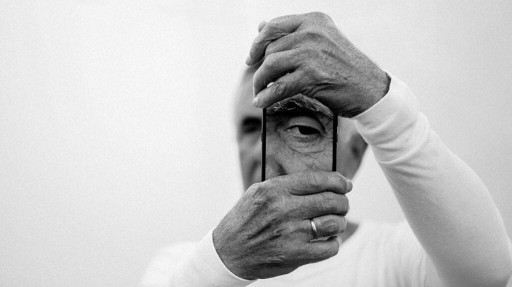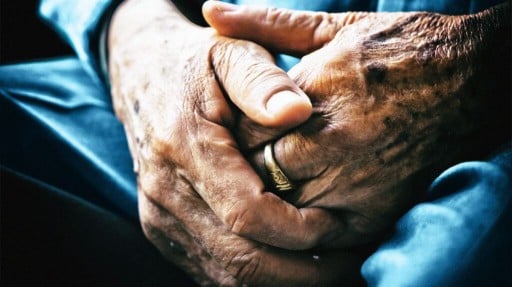
- Researchers from Massachusetts General Hospital conducted a study about cardiovascular deaths and found that lack of exercise during free time increases the risk of death.
- The scientists learned that cardiovascular disease deaths affect two groups of people disproportionately.
- The researchers believe that public health officials need to implement community-based measures to reduce risk.
Deaths related to cardiovascular disease have decreased in the U.S. over the past two decades. According to the American College of Cardiology, from 1999 to 2020, overall heart attack deaths, adjusted for age, dropped from 87 deaths per 100,000 people to about 38 deaths per 100,000 people.
Despite this drop, there are still many deaths related to cardiovascular disease in the U.S., and researchers led by Dr. Shady Abohashem, a researcher at Massachusetts General Hospital in Boston, analyzed county-level data to see what commonalities people who died from heart disease share.
They found that lack of physical activity during free time highly increases one’s risk of dying from heart disease. Additionally, the researchers also found that middle-aged women and elderly Black people are at a higher risk.
Based on the study findings, the researchers endorsed the Center for Disease Control and Prevention’s (CDC)
The study appears in the British Journal of Sports Medicine.
Analyzing data from millions of people
Deaths related to heart disease are the
Even with the reduction of cardiovascular disease death rates, it still claims nearly 700,000 lives per year, making it necessary for scientists to continue working on how to best reach people in terms of both prevention and public health.
Researchers at Massachusetts General Hospital did a deep dive into data provided by the CDC to analyze which populations are at a higher risk of cardiovascular-related death and the possible reasons behind that.
The
By accessing the PLACES data, the researchers looked at data from almost 310 million U.S. residents across 2900 counties. They learned that approximately 7 million of these people died due to cardiovascular disease from 2011 to 2019.
The researchers then compiled data relating to the level of participation in leisure time activity reported at county level and county level demographic information, such as age, sex, and race. Additionally, the scientists looked at where the residents lived, such as whether they lived in a rural or urban area.
Another aspect the researchers considered was the air quality in the areas the residents lived in, whether their communities had access to exercise facilities, violent crime rates, access to healthcare, and socioeconomic status.
Socio-environmental factors a concern for people not exercising
The research team first determined that counties with a higher number of people people not participating in exercise during their free time had higher cardiovascular death rates.
Using the PLACES data analysis, the researchers found that socioeconomic, environmental, and clinical factors accounted for up to 65% of the variation in leisure time physical activity rates between counties.
Taking a more in-depth view at those numbers, socio-environmental factors – such as living in areas with high levels of pollution and crime, income inequality, and residing in rural areas – accounted for 47% of the variation at county level in people who did not participate in physical activity during leisure time.
Behavioral factors and healthcare access also accounted for a significant proportion of variation in leisure time physical activity between counties, accounting for 25% and 22%, respectively.
The researchers also found that two groups of people are more affected than others – middle-aged women (ages 45-64) and elderly Black people (ages 65 and older).
The study findings emphasize why public health officials and healthcare providers need to implement more strategies at the county level.
“Effective cultural adaptation in healthcare interventions requires active community engagement and understanding local cultural norms,” explained Dr. Abohashem. “Healthcare providers can foster this by collaborating with community leaders and incorporating culturally relevant practices into physical activity programs, ensuring they resonate with and are accessible to diverse populations.”
Dr. Abohashem also suggested that healthcare providers “invest in training and education for themselves and their staff to better understand and respect the diverse backgrounds of the communities they serve.”
Why women and Black people have higher cardiovascular risk
He discussed some of the barriers that might prevent people from engaging in physical activity.
Dr. Chen says these barriers “are especially prevalent in underserved communities and include lack of infrastructure for recreation (such as parks), lack of adequate childcare in order to have time for exercise, and more erratic work hours.”
When asked about why living in counties that had lower rates of physical activity impacted more on middle-aged women, Dr. Chen suggested it could be attributed to “caregiving responsibilities.”
As for living in counties with higher rates of lack of physical activity this had a disportionate impact on the number of additional yearly deaths from cardiovascular mortality in elderly Black people, Dr. Chen said, “It is unclear why the specific demographic of elderly Black individuals is at increased risk of cardiovascular mortality from [living in counties that] the lack of physical activity, but I suspect it may be related to an increased prevalence of cardiovascular risk factors.”
Family responsibilities and racism
“In looking at the study’s findings on increased cardiovascular risk among middle-aged women and elderly black individuals, I find these results both concerning and unfortunately expected,” said Dr. Tadwalkar.
“For middle-aged women, it’s important to recognize the multitude of challenges they confront,” noted Dr. Tadwalkar. “Balancing work and family responsibilities, navigating hormonal changes, and coping with heightened stress levels create a complex landscape, [and] these circumstances can significantly impede their ability to prioritize and engage in regular physical activity.
Dr. Tadwalkar believes systemic issues may contribute to the risk in elderly Black people.
“The presence of systemic racism and socioeconomic disadvantages contributes to health inequities within Black communities,” Dr. Tadwalkar pointed out. “Limited access to healthcare, a lack of healthy food options, and insufficient safe spaces for physical activity are prevailing issues.”








